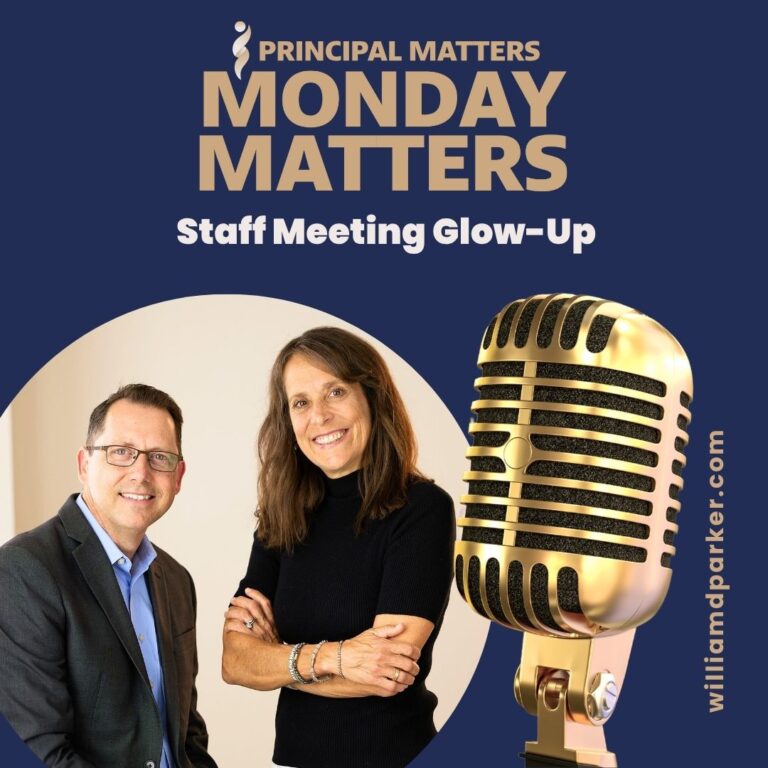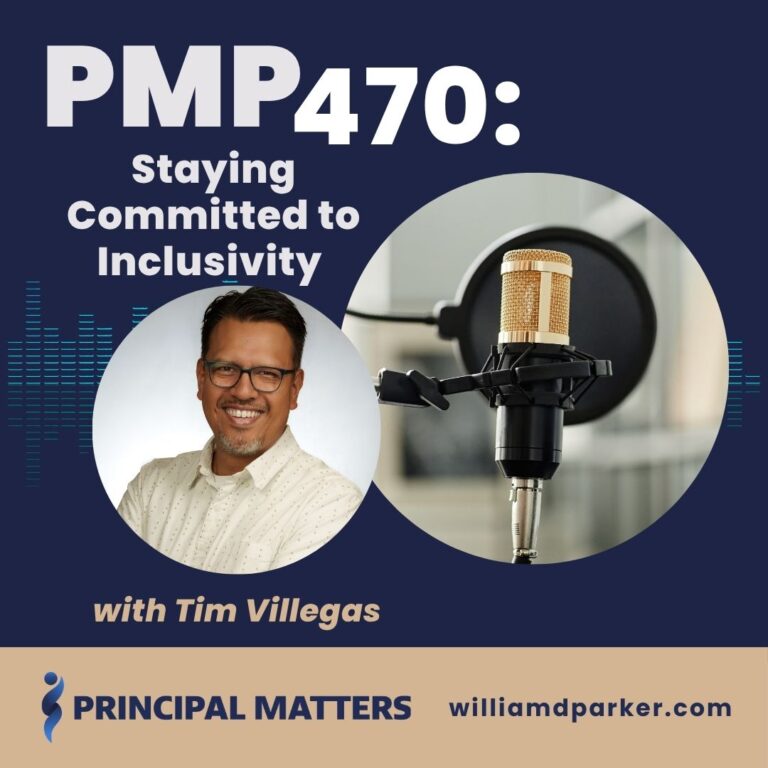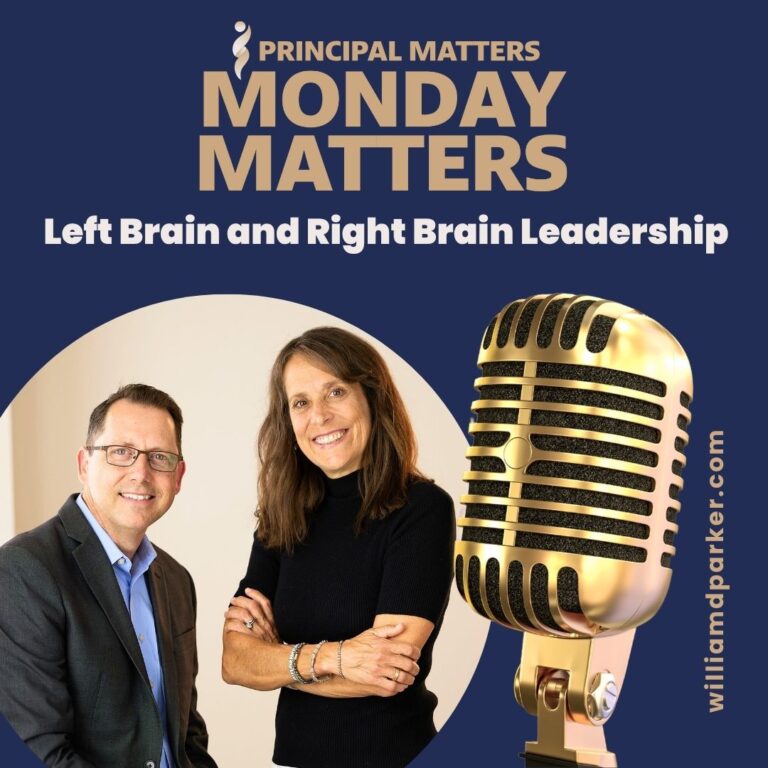Podcast: Play in new window | Download
One day I was walking through one of my high school buildings when I heard the sound of a teacher yelling for help.
I sprinted toward the sound, and I found a teacher trying to guide a student into the hallway. He was a special education student I knew – a teenage boy whose development level was closer to that preschool student. He had become so violent that he was knocking over furniture.
Thankfully, when I stepped in, he responded to my request to come to the office. He was crying so much, however, that I had to hold him up as we walked. It was almost like cradling a toddler. I found out later from the teacher that the boy’s mother had been taken to the hospital for surgery. He had very limited verbal skills, and his emotional outburst was closely tied to the fear and concern he was experiencing.
As an education leader, I know you also deal with situations that often place you outside your comfort-zone. Sometimes you are managing situations involving students with special needs. But you also deal with students at every level who struggle with emotional or behavioral outbursts for various reasons.
This school year I have talked to many principals who recognize the growing number of students living in environments where they may have experienced trauma. This can range from children who are experiencing violence or tragedy to others who live in unsafe or unstable environments. Students touched by trauma can often have difficulty learning. For school leaders, it can be a difficult balance in knowing how to provide a safe learning environment for all students while also finding ways to help students heal.
Dr. Barbara Sorrels
As I’ve searched for helpful resources, I was privileged to be introduced to Dr. Barbara Sorrels.
She is the author of two books, including Reaching and Teaching Children Exposed to Trauma. Dr. Sorrels is also the executive director of The Institute for Childhood Education in Tulsa, Oklahoma, a professional development and consulting firm for those who live and work with children. She has more than twenty years of child care, kindergarten, and elementary teaching experience, as well as more than five years of experience teaching graduate and undergraduate students at the university level.
In this week’s podcast episode, Dr. Sorrels and I dive into a discussion on ways educators can learn to reach and teach students exposed to trauma. Here are the topics we cover:
- How understanding of brain science influences the way you work with students
- Advice for teachers or school leaders searching for behavior strategies that work with students who experience trauma
- Examples from teachers and schools engaged in learning options that may include manipulates, environmental changes, rhythm, play, and movement activities
- The challenges or opportunities in managing students with severe behavior or anxiety issues while also maintaining a safe learning environment for all students in the classroom or school
I encourage you to listen to our conversation and to check out Dr. Sorels’ resources. For my Oklahoma listeners, you may be interested in an upcoming workshop she will leading in Oklahoma City on March 13, 2019, on Strategies for Working with Students Experiencing Trauma. You can find out more information here. Or you can reach out to Dr. Sorrels directly via her website: http://www.drbarbarasorrels.com.
Let’s Wrap This Up
There is not a “one-size-fits-all” solution to working with students touched by trauma. Understanding is the first step. And then exploring helpful strategies, developing shared plans of actions, and committing to “right fit” practices for your students can also help. As you think about the students in your school, think about the ideas Dr. Sorrels discusses in her practice and how they may apply to the ways your school is reaching and teaching students.
Now It’s Your Turn
Who are the students in your school whose lives have been touched by trauma? As you think about ways to maintain nurturing and productive school environments, how can you better understand the stories students bring with them to school each day? How can you stay committed to building trusting relationships with those in your school community so you can find creative, effective ways to respond to student needs?
Sign-Up For Free Updates and Ebook
When you enter your email address here, you will automatically receive my newest posts and a free Ebook, 8 Hats: Essential Roles for School Leaders. Let’s keep learning together!
Principal Matters–The Book!
School leaders are very busy, so each of the twenty-four chapters is designed as a quick-read and followed with take-action questions for follow-up or reflection. If you want practical ideas on understanding your purpose, managing school teams, dealing with challenges, and leading with courage, action, motivation, and teamwork, go HERE to pick up a copy for you or your team.
Messaging Matters
Harness the power of messaging to create a culture of acknowledgment, respect, and celebration. Written specially for leaders, this title is divided into three parts, helping readers to maximize their role as chief communicators with students, teachers, and parents and community. Each chapter includes suggestions for using digital tools to enhance messaging and ends with reflection questions and practical next steps.




